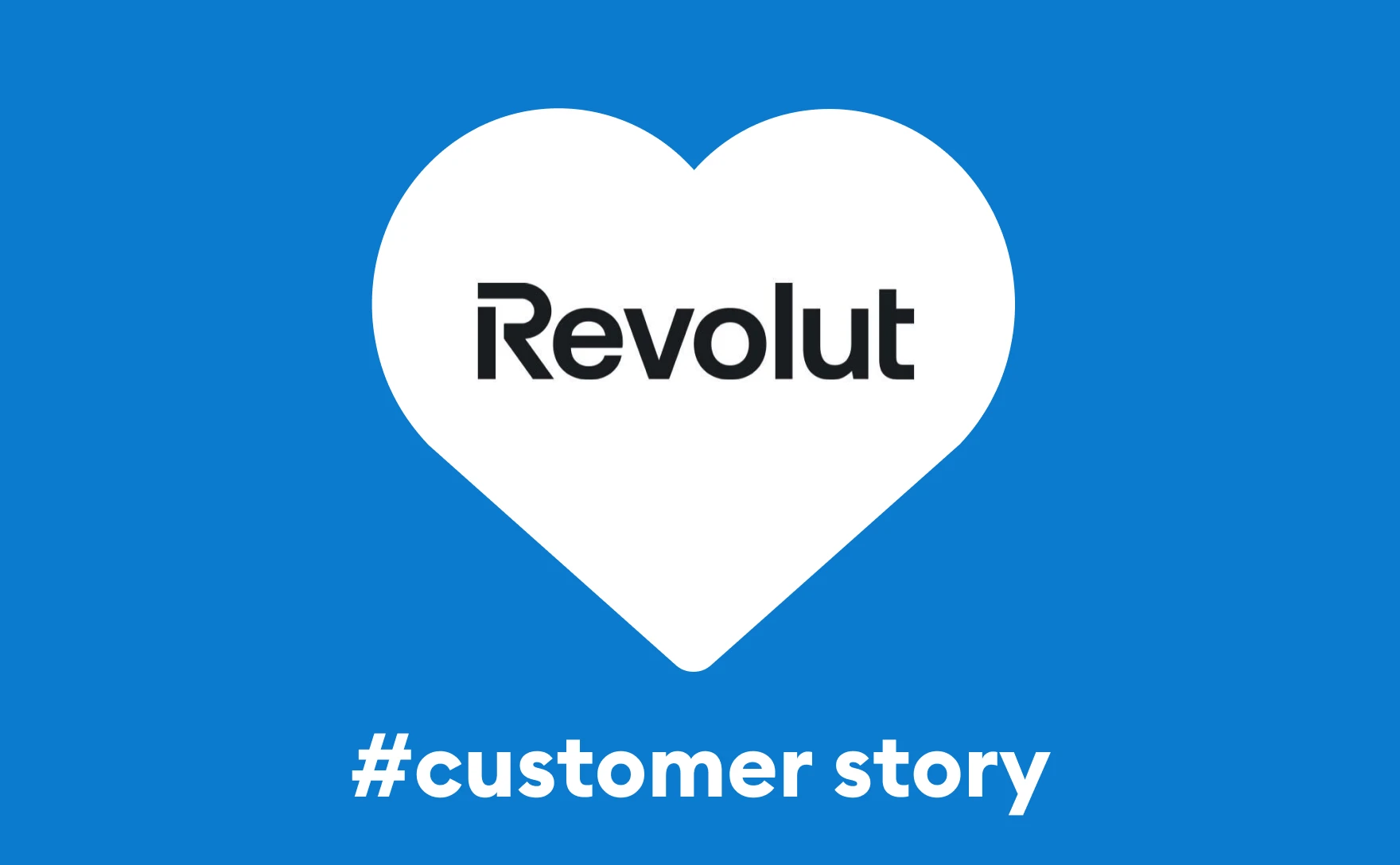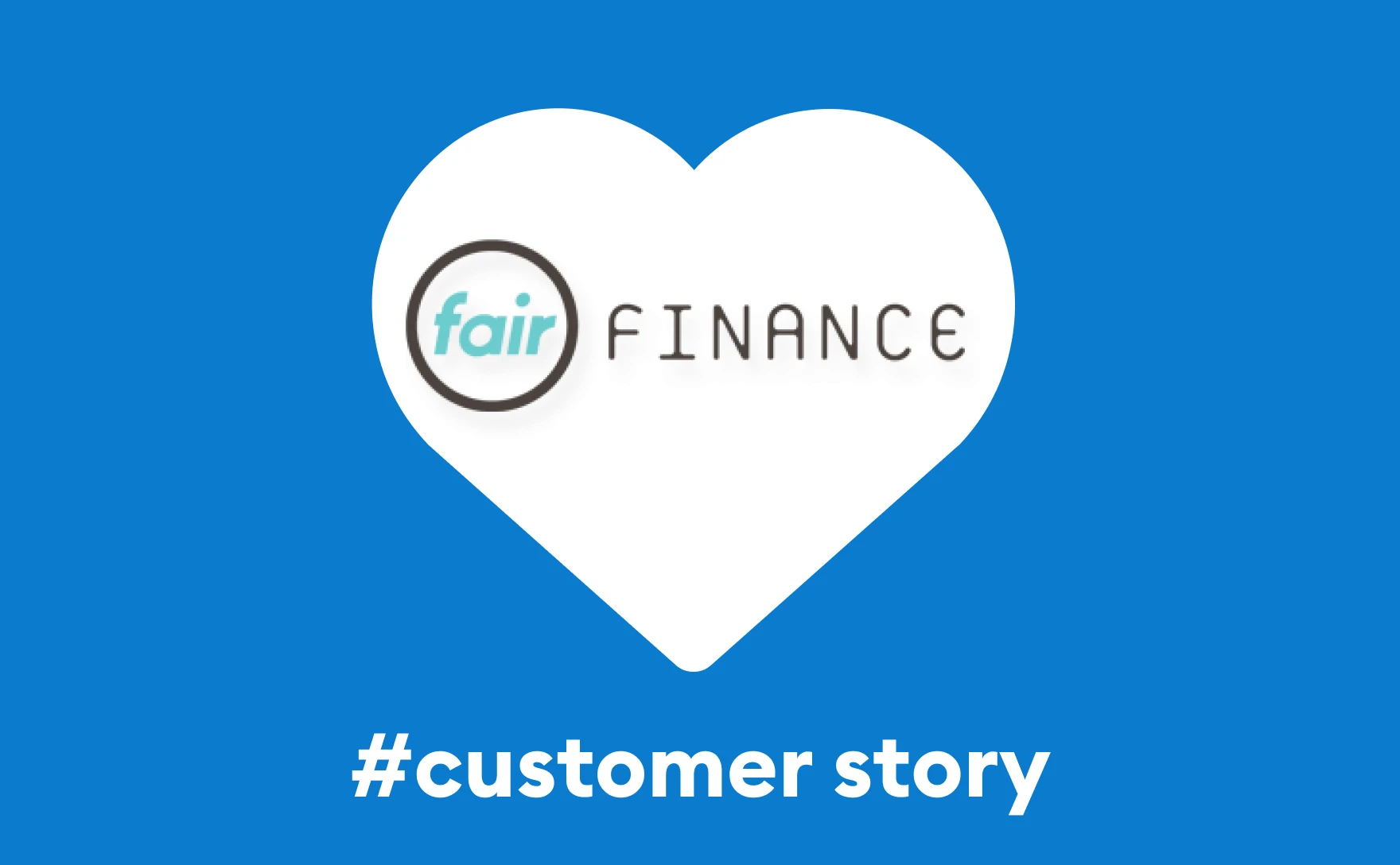Give meaning to design, discover Christelle's portrait!

What does Head of Design mean?
C: To my mind, it's a bit like an orchestra conductor who organizes, prioritizes and coordinates all the tasks involved in design.
I ensure the coherence of all our graphic production, from product interfaces to communication media. It's this all-encompassing approach that enables us to create a coherent brand image that conveys our values.
The most recent example of this desire for consistency is the rebranding of our website in the spring of 2021. Our technologies can sometimes be a little abstract for some of our prospects. We therefore chose to use 3D elements to make them more tangible, more intelligible to non-experts. 3D was then incorporated into our various products from time to time, as a milestone, to give concrete expression to our concepts.
Ultimately, your role is very cross-functional. Can you tell us more about what that's like at Algoan?
C: Yes indeed, it's quite a "Swiss army knife" role! I mainly work with 3 divisions:
- The Product department, with whom I work on Product Design, mainly for our Dashboard product;
- The Customer Success department, to support our customers as UX/UX Writing experts, in the creation of personalized Open Banking courses adapted to their legal, business and design frameworks;
- The Marketing/Communication department to properly convey the Algoan brand image both off- and on-line.
In addition, the entire team is involved in critical design sessions on a voluntary basis. In this way, they are naturally integrated into the design process, even for people who are far removed from it on a day-to-day basis. It's a great way to get feedback, but also to evangelize this expertise!
You work on both BtoB and BtoBtoC user paths. Is your approach different?
C: Yes and no.
- Yes, because the user is fundamentally different.
For the financial players who use our solutions, our priority is to meet their need for productivity gains. Users expect to find very precise information quickly, using the technical jargon specific to their profession as financial analysts. There's no room for ambiguity!
On the BtoBtoC side, the main challenge in our case is to get users on board with Open Banking. Users need to be accompanied every step of the way, and the benefits presented to them need to be very clear.
As users are not yet entirely familiar with this practice, the pathways need to be very educational and transparent in order to build trust.
- No, because the overall approach is the same. We always try to understand the user's needs as precisely as possible, so that our solutions can meet them as effectively as possible.
What are your responsibilities to the end user?
C: This is an important notion, even as a Designer in general.
By using our interface, the user is offering us his trust, and we have to use it wisely. It's our duty to ask the right questions about how we inform them about the service itself, and about the consequences of their actions.
Unfortunately, when we surf the web, we see that this isn't always the case, especially with the use of dark patterns.
At Algoan, we strive to change the image of credit by creating a virtuous ecosystem for more inclusive financing. Design is one of the levers.
If you were setting up your own start-up, what place would you give to design, and at what stage would you integrate it?
C: In the context of a tech company, I'm convinced that it's necessary to integrate a design approach right from the start.
Design is now a strategic differentiator, while a user-centric approach has become a prerequisite for entrepreneurship. Companies like Captain Train(Trainline) have used design to reinvent the user experience of an existing service.
This expertise has also evolved considerably, and has even become hyper-specialized. New professions have emerged to accompany this evolution. Here's a good example: for a long time, design and product were two very different and distinct entities. They now work hand in hand, thanks to a new profession that has become very much in vogue: the Product Designer.
And finally, is there any prejudice associated with your job that you'd like to eradicate?
C: First of all, the term "design" itself is overused. It's often associated with the idea that it's a simple matter of taste, which is rather reductive.
You might hear "This chair is very design", to evoke the fact that it's pretty or well conceived.
Design isn't just aesthetic, it's based on strategic thinking. The approach is much more objective and Cartesian than one might think at first glance.
A favorite meme that illustrates your daily life?
C: Maybe this one, which illustrates design in theory... and in practice!

Is there a word you use in your job that means a lot to you?
C: I'd say the word Empathy, which is used a bit indiscriminately.
It's one of the terms that best sums up the designer's approach to being good at what he does.
Unfortunately, the designer is often seen as someone who imposes his or her ideas.
However, a good designer must know how to put aside his or her convictions, listen to the user and put him or herself in his or her place.
This means putting prejudices aside, and accepting to be wrong.
You may also be interested in
A project? A question?
Would you like to change the way you make credit decisions? Let's talk!



